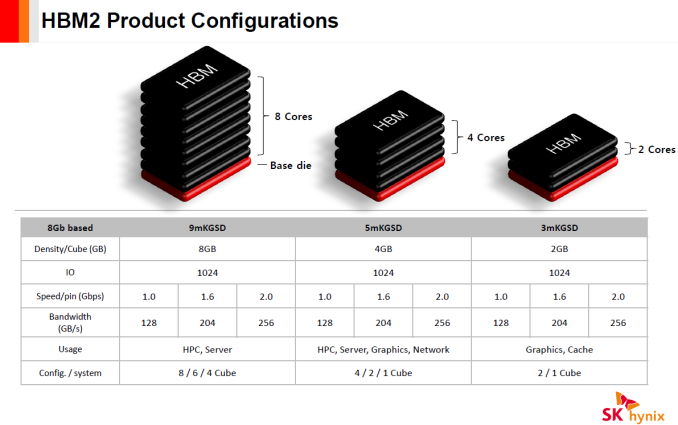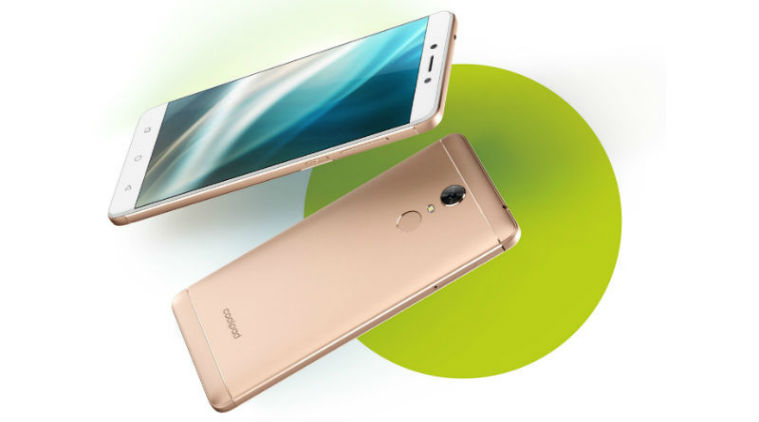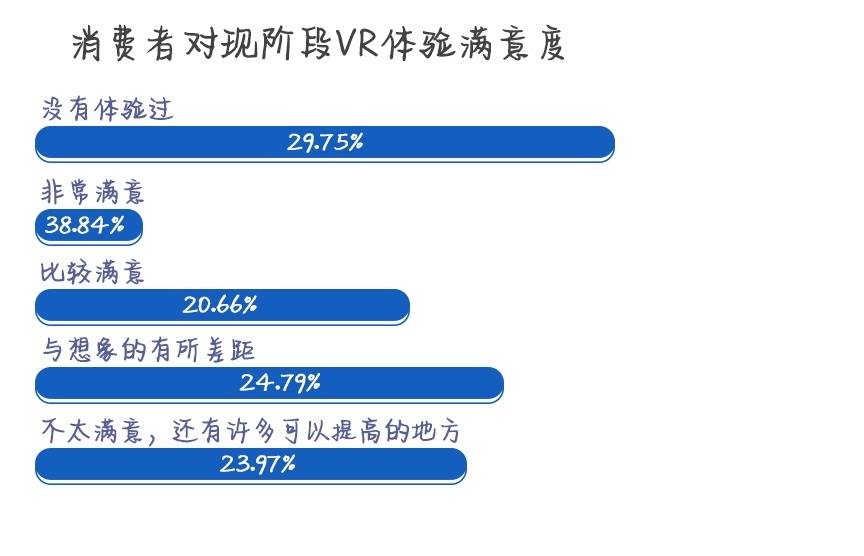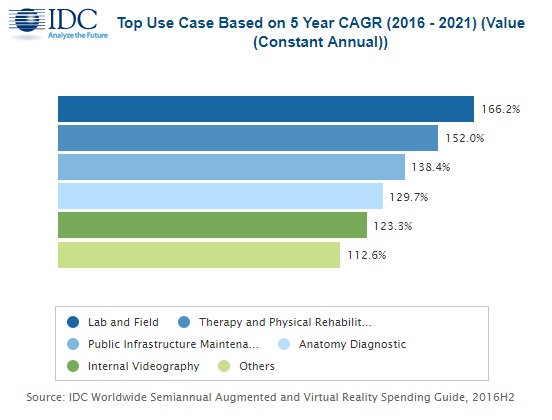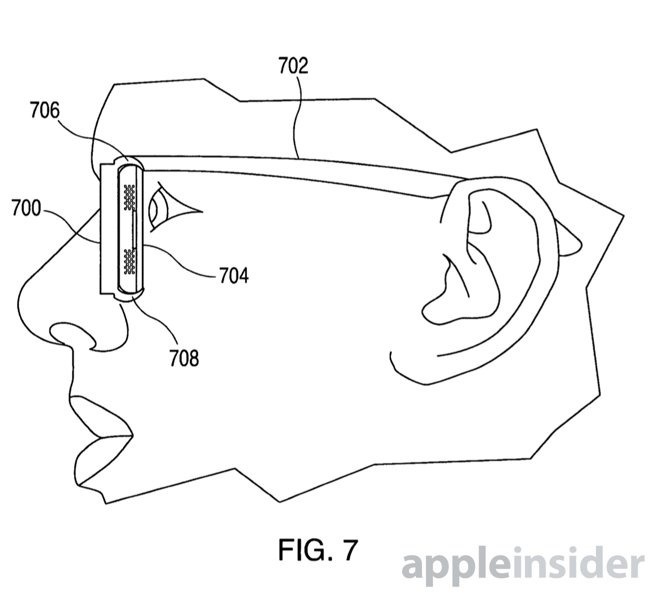
08-05: Apple is reportedly seeking AMD’s help to develop its own GPU; Samsung to prepare 7 OLED lines for Apple; etc.
Chipsets
Apple wants to develop its own GPU, and most probably would look at AMD for help. After all, over the past few years Apple has proven itself to build its own product of an ARM-authorized processor, and in the future Apple may also be the top manufacturer of the GPU with minimal assistance from AMD. (Laoyaoba, Seeking Alpha)
Apple is reportedly planning to release a version of its smartwatch later in 2017 that can connect directly to cellular networks, a move designed to reduce the device’s reliance on the iPhone. Intel will supply the LTE modems for the new Watch. (Bloomberg, Apple Insider, Sina, Sohu)
Touch Display
Samsung Display is going to operate 7 of its Gen-6 flexible OLED lines, which are for Apple, on full scale this month. Its production capacity of panels for iPhones will increase by 7 fold from 15,000 panels per month from 2016 to 105,000 panels per month in 2017. (Apple Insider, ET News, Laoyaoba)
Memory
While UFS has held much hype as being the successor to eMMC providing greater performance, it has yet to be seen if the mobile market as a collective whole has embraced this technology, according to Robert Bielby, senior director of Automotive at Micron Technology. (Digitimes, press)
Supply of DRAM and NAND flash memory chips is expected to remain tight through 3Q17, according to memory module firm Transcend Information. Due to the ongoing tight supply, memory contract prices will continue their growth in the short term, Transcend indicated. (Digitimes, press, TechNews, Apple Daily, Digitimes)
SK Hynix is gearing up to start volume production of HBM2, and the first commercial chips are due only now, in 2H17. SK Hynix indicates that the company’s customers are willing to pay up to 2.5 times more for HBM2 versus what they paid for HBM1. (Laoyaoba, AnandTech)
KGI Securities analyst Ming-Chi Kuo states that Apple has axed its plan to incorporate the use of an under-glass Touch ID sensor in the upcoming iPhone 8 that is expected to be announced in Sept 2017. (CN Beta, WCCFTech, BGR)
Smartphones
Taiwan-based contract electronics maker Wistron is reportedly preparing for expansion of its production base in India to produce the next-generation iPhone SE. It is expected to launch in 1Q18 in India. (CN Beta, BGR, Mac Rumors, TechRadar, Focus Taiwan, Sina)
Coolpad Note 5 Lite C is announced in India – 5” HD IPS display, Qualcomm Snapdragon 210 processor, 8MP + 5MP cameras, 2GB RAM, 16GB storage, Android 7.1, 2500mAh battery, INR7,777. (Android Authority, Indian Express)
Wearables
Jiangsu consumer association has conducted a VR consumer study, and according to the report, 48.76% of the consumers are not satisfied with the VR experience – nausea and lack of content are the two most important factors. (Laoyaoba, Tencent, iResearch, CCA, article)
Worldwide revenues for the augmented reality and virtual reality (AR/VR) market are forecast to increase by 100% or more over each of the next 4 years, according to IDC. Total spending on AR/VR products and services is expected to soar from USD11.4B in 2017 to nearly USD215B 2021, achieving a compound annual growth rate (CAGR) of 113.2% along the way. (IDC, press, Laoyaoba)
AR glasses have become “a particular area of experimentation” within Apple. The company is still internally unsure about where the future of AR hardware may go, and as a result there are reportedly multiple competing projects being developed internally. One potential issue for Apple in using the iPhone itself as an augmented reality head-mounted display is image resolution. (Laoyaoba, CN Beta, Apple Insider, Financial Times)
